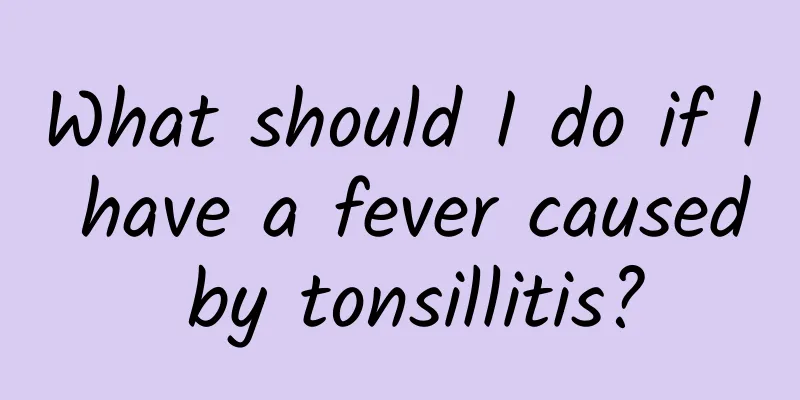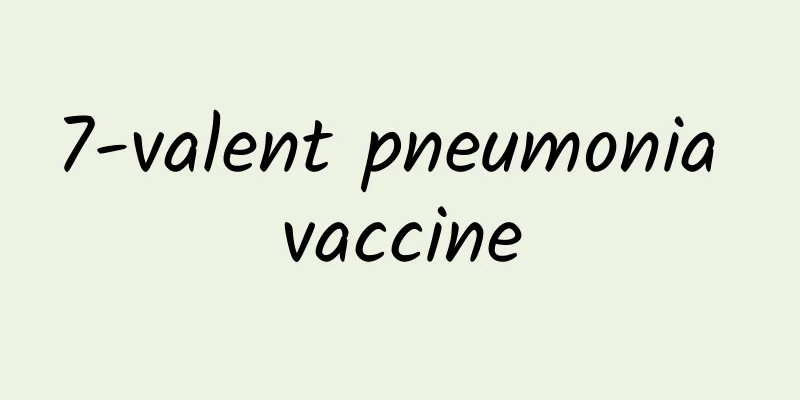What are the rehabilitation treatments for dysphagia?

|
Generally speaking, if normal swallowing becomes painful or difficult, it is called dysphagia. Dysphagia will cause great inconvenience to the patient's eating, and it is possible that food will stagnate in the esophagus during swallowing. You can learn about the methods and guidelines for treating dysphagia. It can be divided into indirect training (basic training) for swallowing dysfunction without using food, and direct training (feeding training) by adjusting body position and food type while eating and applying assisted swallowing movement exercises. Indirect training starts with preventing disuse dysfunction and improving the movement and coordination of swallowing-related organs, making necessary functional preparations for oral nutrition intake. Since indirect training does not use food and is safe, it is suitable for patients with all types of dysphagia, from mild to severe. Indirect training usually precedes direct training, but indirect training can still be used after direct training begins. Commonly used indirect training methods are: ⑴ Lip closure exercises: Lip movement training can improve the leakage of food or water from the mouth. Have the patient practice closing his lips independently in front of a mirror. Assistance can be provided to patients who are unable to actively close their lips. When the patient can actively close his lips, he can hold a large button tied with a string in his mouth. The therapist pulls the string and the patient closes his lips to resist, trying not to let the button fall out. Other exercises include lip protrusion and side pull, upturned corners of the mouth (in a smiling shape), and resisted cheek puffing. ⑵ Mandibular movement training: It can promote chewing function. Open your mouth as wide as possible, then relax and move your mandible to both sides. For patients who have difficulty opening their mouths, cold stimulation or gentle massage can be applied to the spasmodic muscles to relax the masseter muscles; active and passive movements can be used to allow patients to experience the feeling of opening and closing the jaw. To strengthen the masseter muscles, patients can be asked to practice biting the tongue depressor with their molars. ⑶ Tongue movement training: can promote the ability to control food bolus and transport it to the pharynx. The patient can be asked to stretch out the tongue as far as possible forward and to the sides. If the tongue is not stretched out fully, the tip of the tongue can be wrapped with gauze and gently pulled. The patient can then be asked to retract the tongue with force to promote the forward and backward movement of the tongue. The flexibility of the tongue can be practiced by licking around the lips with the tip of the tongue. The root of the tongue can be resisted with a tongue depressor to practice raising the root of the tongue. ⑷ Ice-massage: Cold stimulation can effectively strengthen the swallowing reflex. Repeated training can make it easier to induce and swallowing more effectively. Dip a frozen cotton swab in a little water, gently stimulate the soft palate, palate arch, tongue root and posterior pharyngeal wall, and then ask the patient to swallow. If vomiting reflex occurs, stimulation should be stopped immediately; if the patient drools excessively, cold stimulation can be applied to the salivary glands on the affected side of the neck, 3 times a day, 10 minutes each time, until the skin turns slightly red. ⑸ Articulation training: Patients with dysphagia often have articulation disorders. Articulation training can improve the functions of swallowing-related organs. ⑹ Vocal cord adduction training: Through vocal cord adduction training, the vocal cords can be closed when holding the breath to prevent food from entering the trachea. The specific method is that the patient takes a deep breath, presses the table with both hands or puts the palms together in front of the chest, pushes hard, closes the lips, and holds the breath for 5 seconds. ⑺ Cough training: Patients with dysphagia will have a weak cough due to decreased muscle strength and physical strength and vocal cord paralysis. Strengthening coughing helps to expel inhaled or accidentally swallowed food and promote laryngeal closure. ⑻ Supraglottic swallowing training: Supraglottic swallowing is also called "breath-holding swallowing". The specific method is to take a deep breath through the nasal cavity, then hold the breath and swallow, and cough immediately after swallowing. The principle of this method is: holding your breath closes the glottis, increasing the glottis air pressure, and making it difficult for the bolus to enter the trachea when swallowing; coughing after swallowing can clear out food residues trapped in the throat. ⑼ Promote swallowing reflex training: Use your fingers to rub the skin from the thyroid cartilage to the bottom of the jaw, which can cause the jaw to move up and down and the tongue to move back and forth, thereby inducing swallowing. This method can be used for patients who have food in their mouth but cannot produce swallowing movements. 2. Direct training The indications for direct training are: the patient is conscious, in a stable general state, can produce a swallowing reflex, and can cough out a small amount of inhaled or accidentally swallowed food by coughing at will. |
<<: What are the main reasons for tongue blistering?
>>: What should I do if I have cerebral infarction and have difficulty swallowing?
Recommend
Can I soak my feet in hot water after a medical abortion?
There are many things women need to pay attention...
Can I go to kindergarten if I have a cold?
Children's immune system is relatively weaker...
The efficacy and function of King Kong Teng Syrup
In clinical medicine, Gynura syrup is mainly used...
Causes of general fatigue and lack of energy
Sometimes you feel tired and lack energy. This is...
What are the effects and functions of Puhuang charcoal?
Puhuang charcoal can be used to treat postpartum ...
Men who can't have children are all suffering from this disease
Traditional Chinese medicine is the quintessence ...
What happens if you don't put your teeth in a new place?
Complete teeth are very important, but in daily l...
How to treat gray hair
There are also good methods for hair care. When c...
What causes abdominal bloating?
Abdominal pain and bloating are the most common g...
Can antelope horn reduce fever?
As the name suggests, antelope horns are the horn...
Why does my stomach feel like I have menstrual pain after spotting?
When women are menstruating, they should pay atte...
What are the effects of chasing wine?
Bee wine is quite common in daily life, and some ...
Why do I always have allergies? How to give first aid
People with allergic constitutions are extremely ...
Is sweat steaming good for acne?
Acne is something that everyone will have, becaus...
It usually takes a few days to rest after the ring is removed
With the gradual development of medical technolog...









